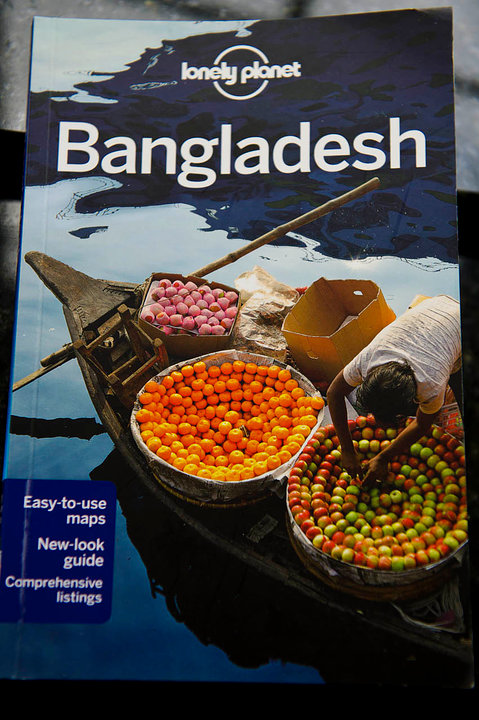Rana Plaza Tragedy
22 May 13
Posted at 9:18
This is my first photo blog of my Rana Plaza project with images. Poor internet access prevented me from uploading images. Since arriving home on Sunday i have been really busy with two exhibitions plus masses of processing for other work I undertook whilst in Bangladesh. Here then is just a snippet of the situation in Savar/Dhaka 20 days after the disaster.
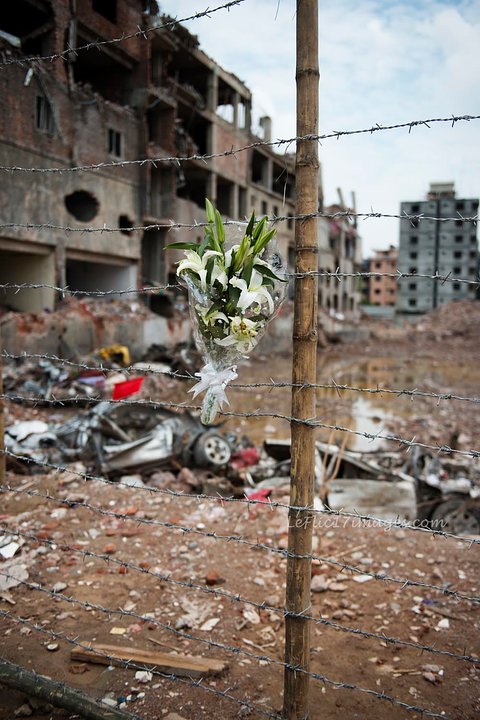
The water filled gap beyond this barbed wire is where he eight story Rana Plaza building stood. The rescue operation was stood down on 14th May 2013 after every last piece of rubble had been sifted to ensure all bodies were recovered. Behind me when I shot this is about a thirty metre tranche of land with more substantial barriers and behind them, 21 days after the building collapse there are still hundreds of people, staring, praying and in many cases still waiting for news of missing relatives. The Army and Civil Defence organisations have today handed the site over to the civillian authorities. There is a smell of death in the air when you enter the site.
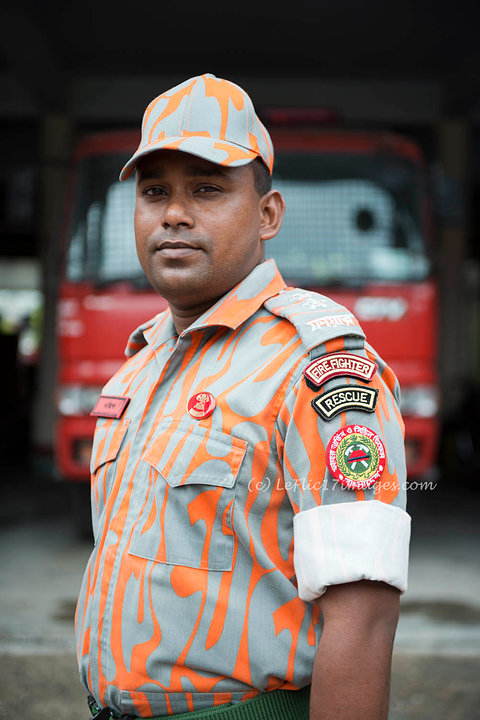
This is Officer Sahib of the Fire Rescue and Civil Defence - an organisation more like the military than the military. This man was one of those in overall control of the rescue operation. For the last twenty one days he has worked 12 hours on 12 hours off at the Rana Plaza site. I will recount some of his experiences in future blogs. Due to his command and the services of hundreds of volunteers from Red Crescent and University students along with untrained civilian volunteers victims, even though seriously injured had their lives saved. Like this girl, one of 420 taken to the Pangu Hospital in Dhaka.
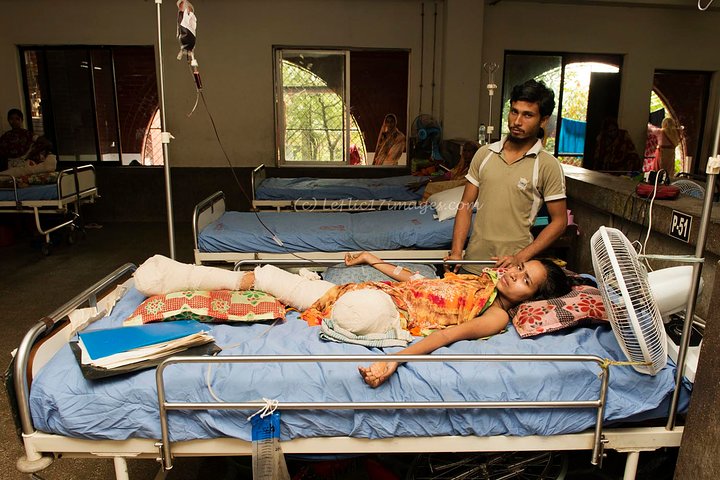
She is 19 years old and is pictured here with her husband. they have no children. Her left leg is amputated just below the hip, her right leg has three fractures. Above the obvious fears for her future due to her injuries I feel it will be a challenge for her husband to reamin supporting her in the harshness of the poverty and the cultural pressures that will be on them. She was paid just £34 a month for working seven days a week, 12 hours a day, in an unsafe, overcrowded building. A building constructed illegally on land that was grabbed by a crook who had alliegencies with local politicians. All that made possible so the likes of Primark amongst others can supply our country with cheap clothes. Another penny on a £20 top from Primark would have doubled this girl's, and the 4300 others who worked in the Rana Plaza, salaries. Five pence on a £20 top might have meant that higher safety standards could have been enforced, 1127 workers would still be alive, 2000 would not have both physical and mental scars and up to 500 would not still be unaccounted for.
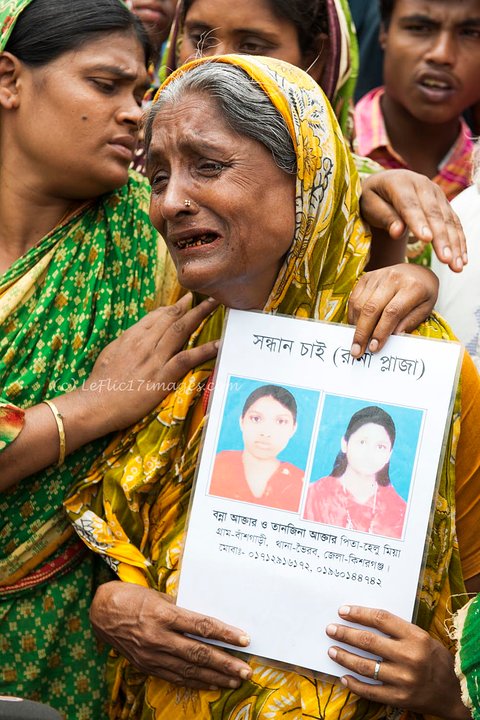
Every day since 24th April this lady has come to the site to search for her daughter. Her grief does not diminish and nor does her hope. Hope was that, like others, there may have been a miracle and her daughter would be found alive. Now the hope is that her daughter's body will be found - it won't! I have seen for myself there is no way any body has not been found. Most likely her daughter is amongst many who have been buried anonymously for two reasons, one being that the bodies were stored in the open air, 35 degrees centigrade in the day, in the playing fields of the Adhar Chandra High School which is were bodies were taken for relatives to collect them. The other reason being that the Muslim faith requires bodies to be buried within 24 hours of death - of course some leeway could be made but at some point for both reasons burial is appropriate. All unknown bodies that were buried were DNA screened so at some point I have no doubt this lady will have a match made. But that is not on her mind at present. I guess there is a slim chance her daughter is actually in one of the numerous hospitals that took the injured. Let's hope so.
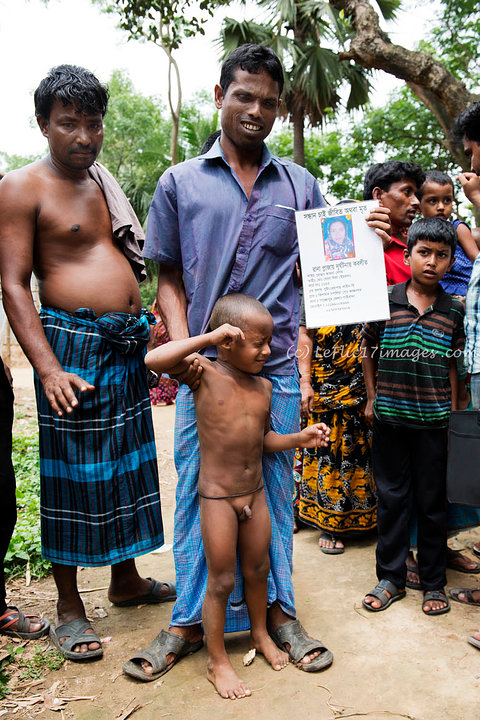
I visited an area of Dhaka where many garment factory workers live together. They live in corrugated huts similar to what they would have had in their villages many hundreds of kilometres outside of Dhaka. I went there at the request of a representative of the National Federation of Garment Workers intending to meet survivors who were less injured or had been unscathed and to meet bereaved families. As I was leaving this man and his son appeared and the man insisted I photographed them. His wife, the boy's Mother worked at Rana Plaza and is missing. Father and son were as grief stricken as I have seen anyone. The Dad refuses to believe his wife can be dead. He seemed to think that my photographing them would bring her back.
